I’ve started a blog titled “Records I Couldn’t Let Go”, where I introduce records across various genres.
The reason behind this project dates back to the summer of 2023. Due to family circumstances—aging parents, the preferences of other household members—I had to move out of my room. As a result, I was forced to part with a vast collection of records and books, a painful but necessary decision. I spent months sorting through my collection, trying to find a way to turn this experience into something meaningful rather than just dwelling on the frustration.
(For context: I temporarily lived in a different apartment, transported my belongings back and forth, and endured the hassle of downsizing significantly… it was quite an ordeal.)
In the previous entry,
The Records I Couldn’t Let Go #4 – Junko Yagami – Mizuiro no Ame
I explored this legendary song in depth. Each post in this series tends to be quite long, to the point where those who dislike lengthy reads may click away immediately. Even then, I often have to cut out parts or save discussions on other songs for future entries.
So, I’ve decided to launch “Sutereko Column”, a space for side discussions—topics that stem from the main entries, interesting tangents, or even just casual ramblings.
“Another Star Kayō” – A Genre Categorization
Junko Yagami’s Mizuiro no Ame could loosely be categorized as “Another Star Kayō”, a term I coined based on Stevie Wonder’s Another Star.
Other subcategories in this naming convention include:
“Saturday in the Park Kayō”
“What a Fool Believes Kayō” (which I’ll cover in the main series soon)
“Just the Two of Us Kayō”
These refer to Japanese songs that, either intentionally or by coincidence, share similar chord progressions and arrangements with existing Western classics. Even in the Reiwa era, songs following the Just the Two of Us or What You Won’t Do for Love progression continue to be produced in large numbers.
Stevie Wonder’s Songs in the Key of Life (1976) is an undeniable masterpiece—my bandmate Prestige Kato could go on for days about it (seriously, on YouTube, he’d need three full episodes per track).
Meanwhile, Mizuiro no Ame was released in 1978. The connection isn’t about direct influence; perhaps, like Stevie, it was inspired by Latin-flavored jam bands of that era.
Direct “Another Star” Influences?
If there’s a song that fits Another Star Kayō more explicitly, it would be Kohmi Hirose’s Promise (1997).
The chorus alone makes you go, “Ahh, I see it!” But it’s not just the chorus—Hirose’s arrangement skills are so refined that the entire track remains fresh and engaging even after nearly 30 years.
This song also became a meme thanks to its “Get Down” hook right before the chorus. Plus, Hirose herself went viral on Twitter (X) due to her personality. Her YouTube channel is worth checking out.
That same year, another monumental track was released:
Yoko Takahashi – Tamashii no Refrain (1997)
At first, you might not associate this song with Another Star Kayō. But listen closely to the bassline in the chorus. For me, it’s impossible not to hum “Laa-laa-laa-laa-laa”.
It takes almost two minutes to reach the full chorus—perfection. Many recent hits feel too rushed for my taste, but perhaps that’s just how the modern audience prefers it.
This track is an all-time masterpiece. When I think of Evangelion, I immediately recall Tamashii no Refrain and A Cruel Angel’s Thesis.
There are likely many other Another Star Kayō songs waiting to be discovered. If you have favorites or suspect a song belongs in this category, let me know!
Reinterpreting music through different lenses—whether stretching the definition, finding common threads, or thinking from a DJ’s perspective—is always a fascinating exercise.
What If You Mixed These Songs Together?
Years ago, I once played a mashup DJ set featuring:
Stevie Wonder – Another Star
Kohmi Hirose – Promise
Yoko Takahashi – Tamashii no Refrain
Nogizaka46 – Seifuku no Mannequin
It completely flopped.
Nobody noticed the seamless blend of Another Star and Promise, and I probably picked the wrong moment to drop the mix. But I still believe the idea was solid, and I’d love to refine and try it again someday.
“Seifuku no Mannequin” isn’t exactly Another Star Kayō, but tweak the pitch and adjust the chord progression, and it suddenly fits quite well.
Other JPOP songs that might blend seamlessly with Another Star Kayō include:
Porno Graffitti – Agehachō
KinKi Kids – Ame no Melody
KinKi Kids – Garasu no Shōnen
At this point, am I just calling any song with melancholic acoustic guitar progressions Another Star Kayō? Maybe. But hey, it works.
Final Thought: The Influence of Economic Trends on Music
There’s a theory that when the economy worsens, the entertainment industry flourishes.
In the late ‘90s, post-bubble Japan, CD sales were still hitting millions, especially with Being系 artists (which I love). As the 2000s approached, more songs began incorporating the kind of melancholic acoustic elements I mentioned earlier.
Of course, this is just my personal observation—I’d need a lot more research to back this up properly.
What Do You Think?
Creating niche genre names like Another Star Kayō is part of the fun of being a DJ. No matter the era, some songs just naturally resonate with each other.
Got any tracks that fit? Think I’m missing something? Feel free to school me in the comments.
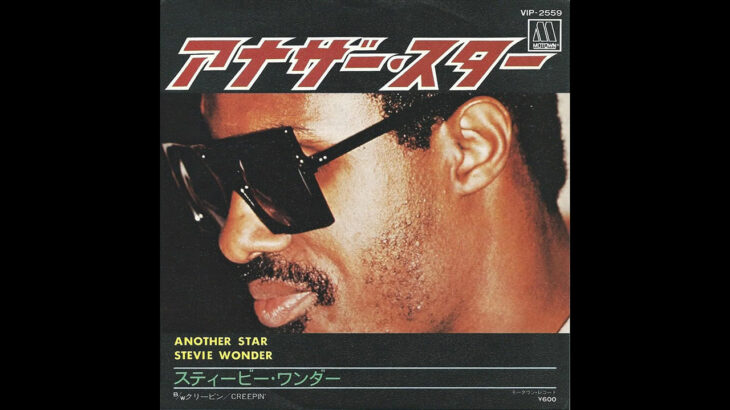


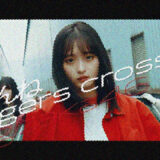
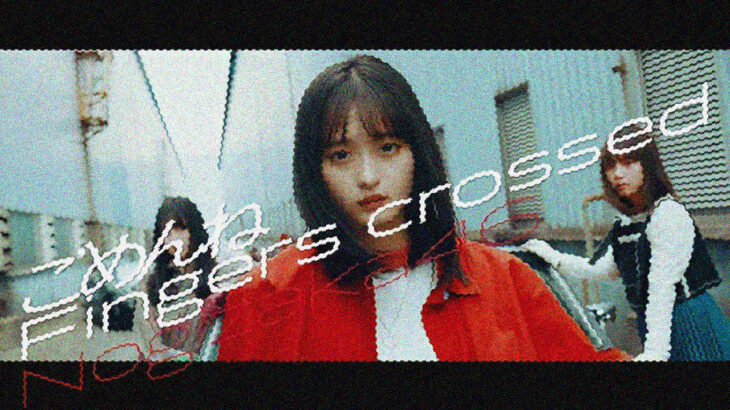
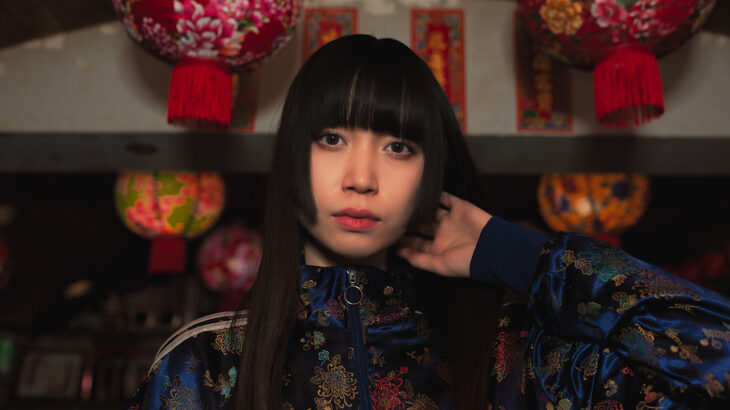
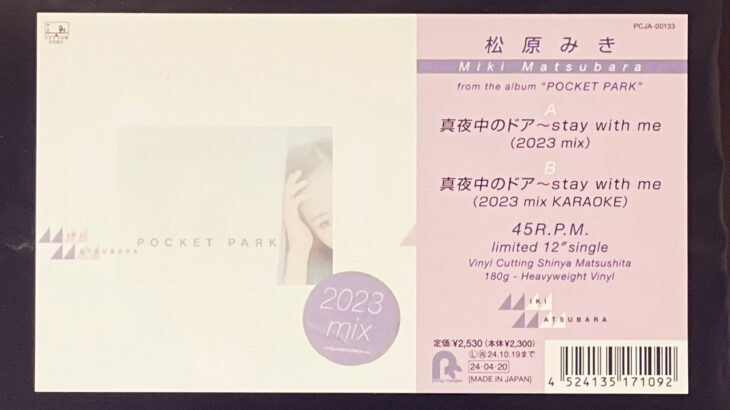
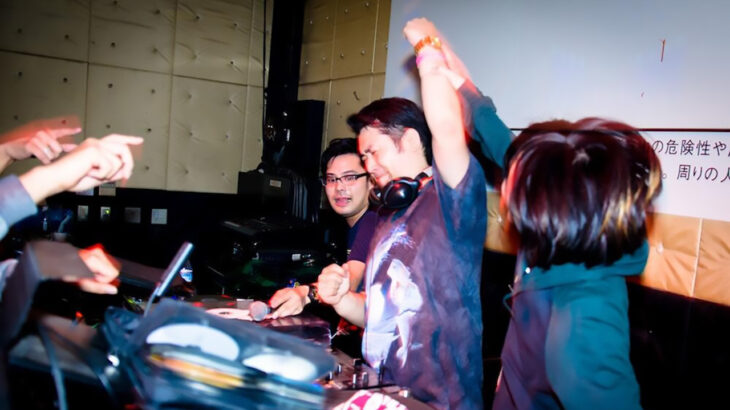
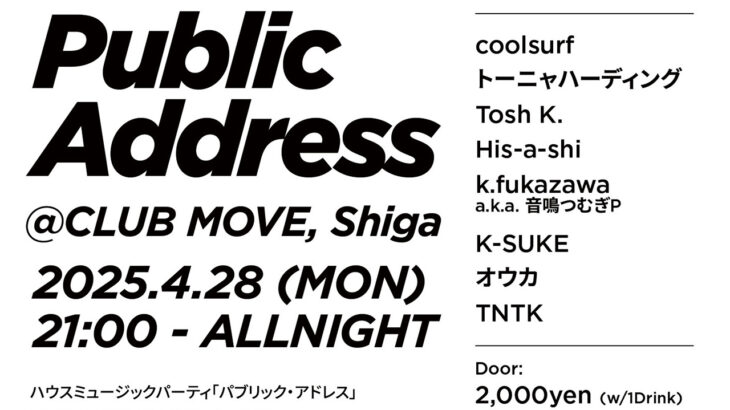
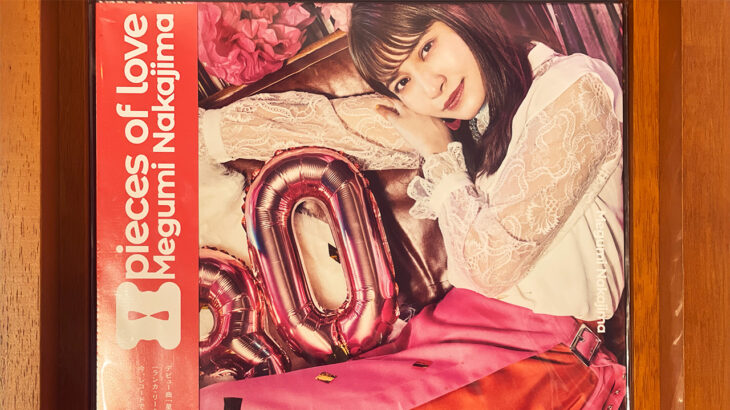
コメントを書く